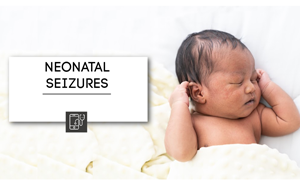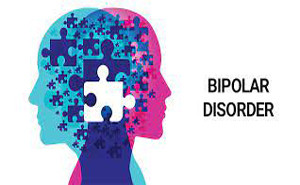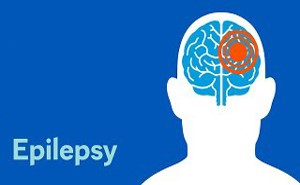Drugs-for-epilepsyconvulsion
PubMed: September 2023Seizures are common in neonates, but there is substantial
management variability. The Neonatal Task Force of the International League
Against Epilepsy (ILAE) developed evidence-based recommendations about
antiseizure medication (ASM) management in neonates in accordance with ILAE
standards. Seizures are the most common neu...
Seizures are the most common
manifestation of neurological insult during the neonatal period. The most common
cause of symptomatic neonatal seizures is hypoxic/ischemic encephalopathy (HIE)
which affects approximately 1-2/100 live births.There are no evidence-based
guidelines for the pharmacologic treatment of neonatal seizures and management...
Gliomas are the most common malignant primary brain tumors
and treatment options are multimodal. Seizures are a well-recognized
symptom in glioma patients and occur frequently, either as a presenting symptom
or during the course of the disease. The incidence of seizures is higher
in slow-growing tumors.Seizure control plays an important role in...
PubMed Central: Published on October 2019
Status epilepticus is most common
in children younger than 5 years, with incidence between 10 and 60 per 100,000
populations.
Convulsive status for 30 min leads
to irreversible neuronal injury.
TAKE HOME MESSAGE
Established Status Epilepticus
Treatment Trial proposed that 35%–45% of p...
American Epilepsy Society issues
guideline and treatment algorithm for convulsive status epilepticus. The
guideline was endorsed by the Epilepsy Foundation, Child Neurology Society, and
American College of Emergency Physicians.Status epilepticus – continuous or rapid sequential seizure activity for
30 minutes or more – is a medical emergency wi...
Updated Systematic Review and Meta-analyses:Bipolar disorder (formerly called manic depression) is a mood
disorder characterized by periods of depression and periods of
abnormally-elevated mood.Valproate is an anticonvulsant drug that is frequently used
in maintenance treatment of bipolar disorder. Clinicians and patients should
consider accept...
TAKE-HOME MESSAGE
A systematic review of the literature published
between January 1991 and March 2020 was used to update the 1996 American
Academy of Neurology practice parameter that provided considerations for
discontinuing antiseizure medications in affected patients.
The authors of this update developed 14
reco...
This is a summary of the American
Academy of Neurology (AAN) and Child Neurology Society (CNS) evidence-based
guideline reviewing all available evidence on the assessment of the child with
status epilepticus (SE). Status epilepticus (SE) is a
medical condition characterized by repeated epileptic seizures without complete
recovery between seizu...
This is a summary of the American
Academy of Neurology (AAN) and American Epilepsy Society (AES).For an adult with a first
seizure, the risk of a recurrence poses major concerns and raises the question
of whether immediate Anti-epileptic Drug (AED) treatment is advisable.Risk of Seizure RecurrenceQ1: For the adult who presents with an unprovoked...








